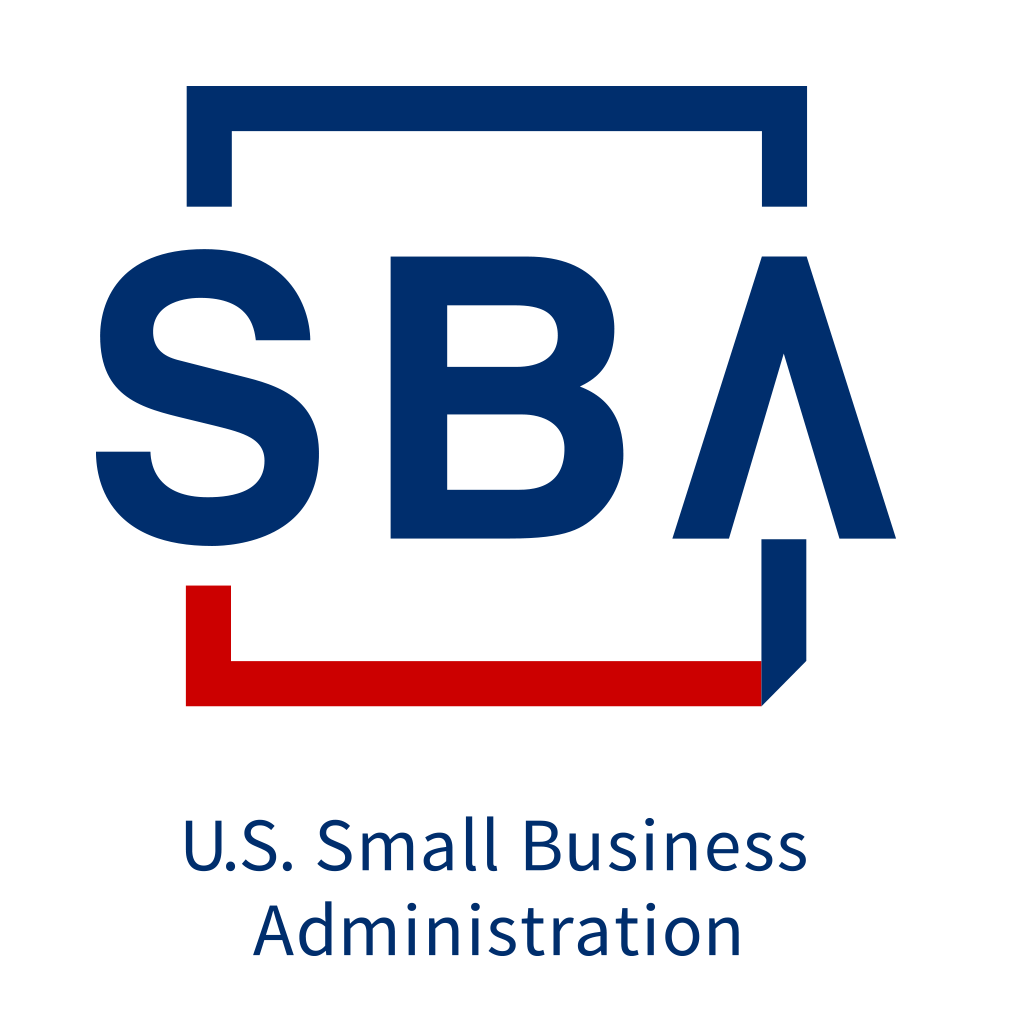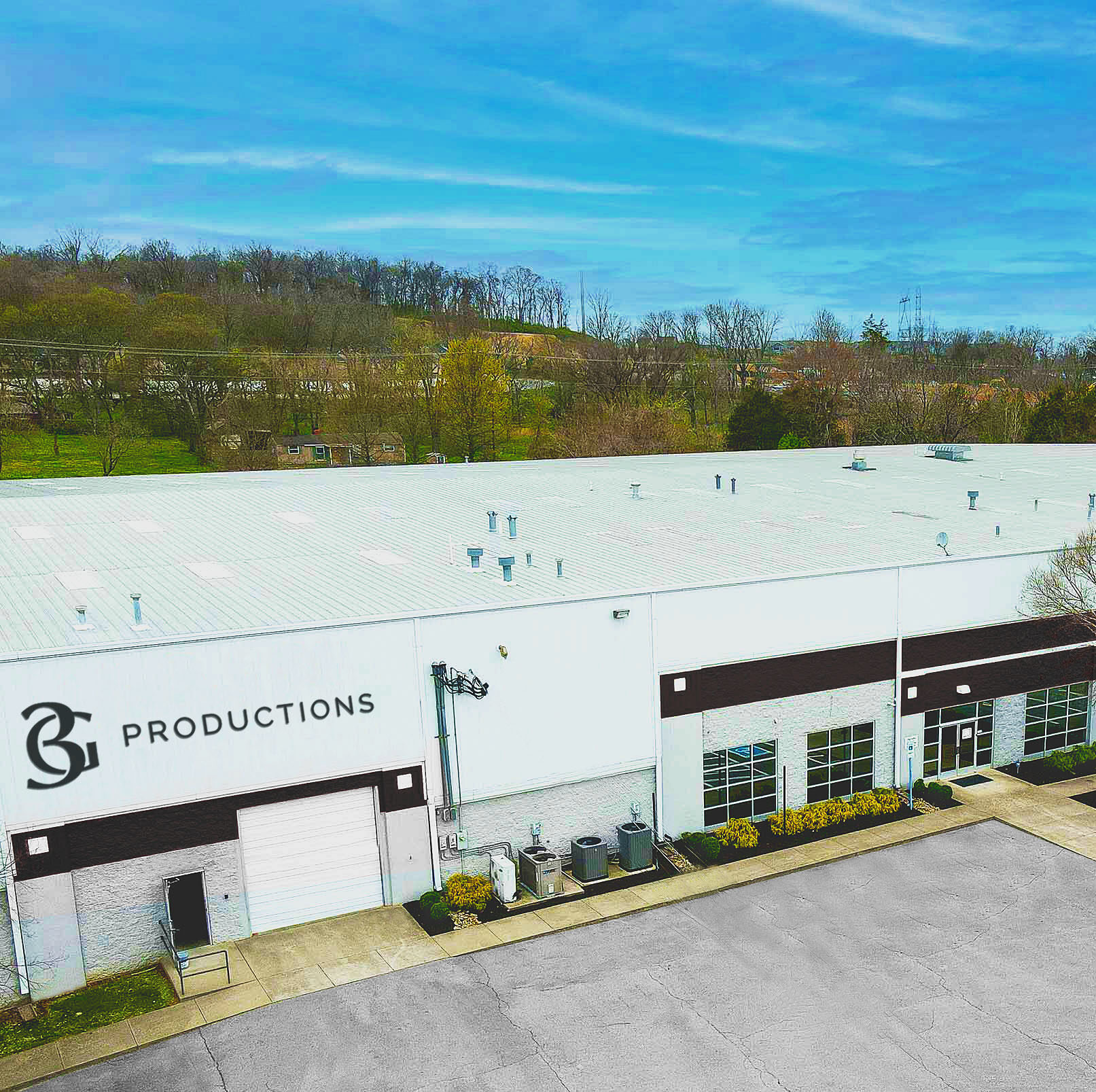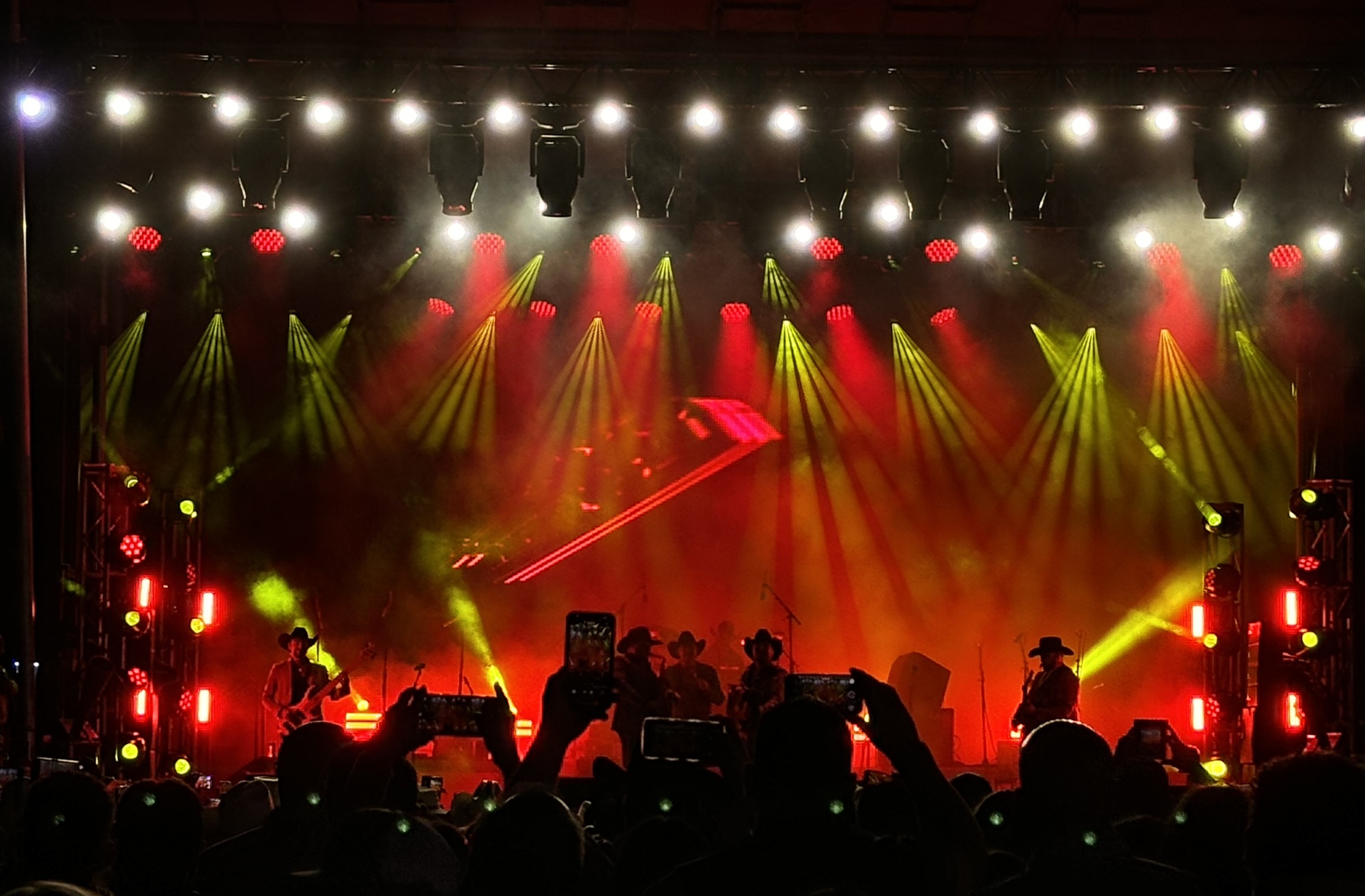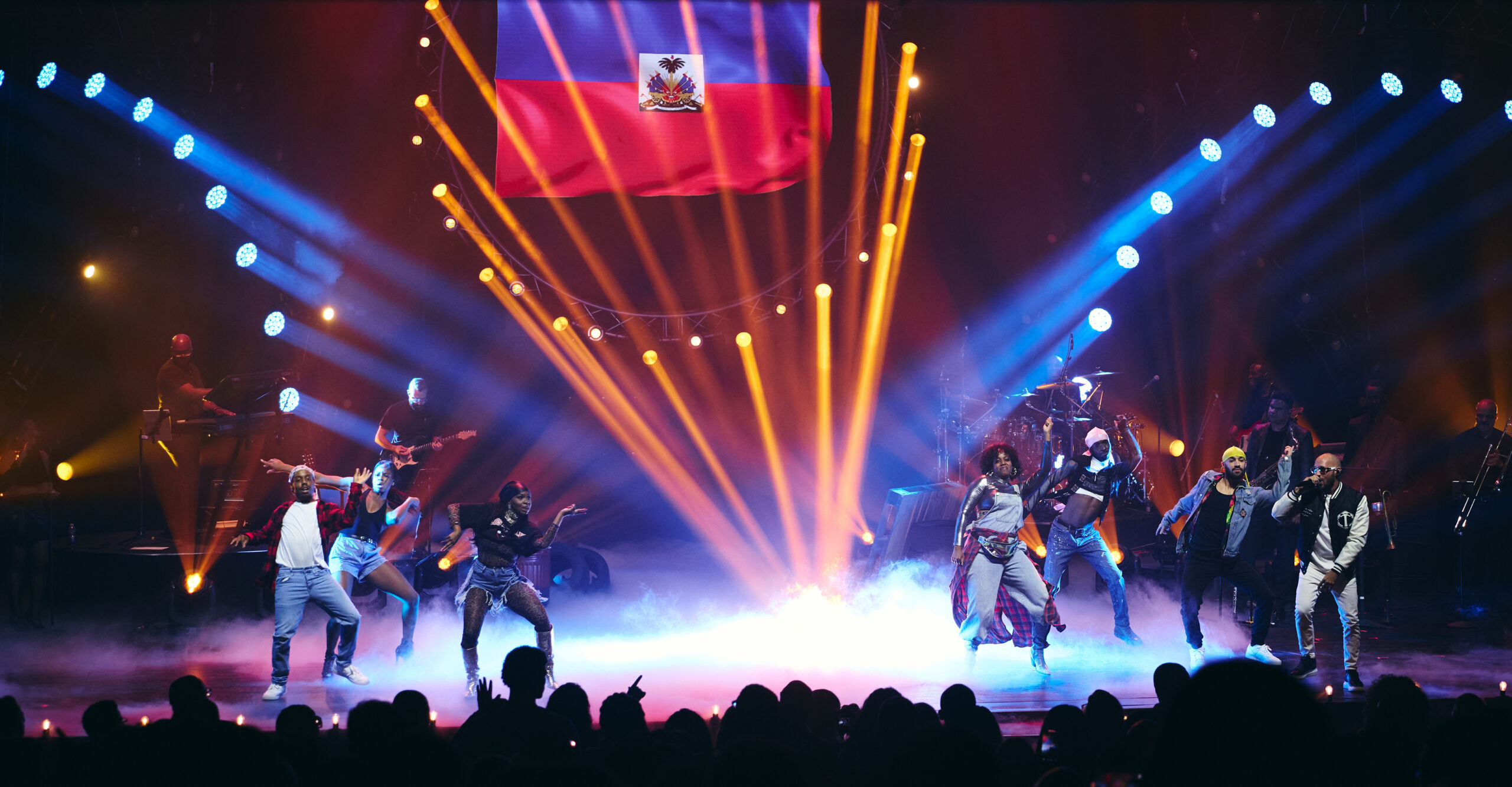LITITZ, PA – Since it was founded in 2012, the Event Safety Alliance (ESA) has been expanding as a best-practices resource for those tasked with the complex challenge of ensuring that audiences at live entertainment events enjoy the show and return home safely.
More details from Event Safety Alliance (www.eventsafetyalliance.org):
To reinforce and expand upon the best practices compiled in The Event Safety Guide, the ESA has organized its own series of live events to help those who have witnessed and resolved safety risks first-hand share their knowledge with others who can benefit from their experiences.
Following the inaugural Event Safety Summit, which took place in Lititz, PA Dec. 2-4, 2014 and included information on ESA’s Event Safety Access Training (ESAT) initiative, ESA spearheaded the first International Event Safety Symposium, held in Feb. 26-28 at the Istanbul Congress Center in Turkey.
This month, ESA is launching the Severe Weather Summit, a two-day program set for March 10-11 at the National Weather Center’s Storm Prediction Center in Norman, OK.
With insights from NOAA and the National Weather Service experts, topics will include severe weather risks and emergency planning, chain of command and organizational issues, crowd dynamics and legal considerations and post-incident analysis and documentation.
For more information, please visit the Event Safety Alliance at eventsafetyalliance.org. A website relating to the Severe Weather Summit has been created at severeweathersummit.com.
Event Safety Alliance,
Severe Weather Summit
National Weather Center
Norman, OK
March 10-11, 2015
severeweathersummit.com
Schedule & Objectives
COURSE DESCRIPTION
The Severe Weather Summit is a 2-day program where participants learn information about severe and threatening weather available through public and private sources, and how a responsible event organizer or venue can respond to that information to protect the lives of people staffing and attending those events.
Professional meteorologists, experts in severe weather preparedness, event and venue production and management personnel, and crowd management authorities, teach the course. The “Guideline for Severe Weather Planning and Preparedness at Public Venues and Events” serves as the text material for the course and reference for participants becoming Storm Ready.
COURSE OBJECTIVES
Day 1:
- Understand the reasonably foreseeable severe and threatening weather risks relevant to venue and event professionals;
- Understand the complexities of weather forecasting, leading to the conclusion that lay people should not serve as their own meteorologists;
- Appreciate the necessity to prepare for reasonably foreseeable weather risks, as well as the ability of modern forecasting technology to help venue and event professionals create plans to proactively address those risks.
Day 2:
- Understand how to create a decision trigger matrix in advance of severe weather;
- Understand the typical elements of a severe weather preparedness plan, including planning for recovery and reunification once the storm has passed;
- Participate in a group exercise to begin creating one’s own plan/trigger charts.
- Evaluate your created materials against a weather scenario.
ENABLING OBJECTIVES
At the conclusion of the Severe Weather Summit, participants will:
- Understand the basic meteorology related to short-fused severe weather related to severe thunderstorms, strong straight-line winds, tornados, heavy rain, and human comfort.
- Be able to locate information provided by the U.S. National Weather Service and its value to establishing a severe weather preparedness plan.
- Be able to assess weather hazards that could impact venues and/or outdoor events and the preparedness activities that should be implemented in order to protect the safety of guests and workers for each type of threat.
- Learn the basics of severe weather risk preparedness and plans to mitigate injury and the loss of life to patrons and workers at venues of all kinds.
- Learn the basic structure of severe weather preparedness plans and begin the process to achieve official Storm Ready certification.
COURSE SCHEDULE
DAY ONE – Tuesday, March 10, 2015
|
9:00 – 9:15 AM |
Welcome |
|
9:15 – 10:00 AM |
Overview of Severe Weather |
|
10:00 – 10:15 AM |
Morning Break |
|
10:15 – 11:30AM |
Severe Convective Storms: Lightning and Wind and Rain, Oh My! |
|
11:30 – 12-30 PM |
Lunch |
|
12:30 – 1:00 PM |
The Storm Prediction Center |
|
1:00 – 1:30 PM |
The Weather Forecast Office and Situational Awareness |
|
1:30 PM |
Short Afternoon Break |
|
1:45 – 2:30 PM |
Radar and Its Use By and For Venues and Events |
|
2:30 – 3:00 PM |
Do Not Try This At Home: Private Meteorology Firms Can Do What You Cannot |
|
3:00 PM |
Afternoon Break 2 |
|
3:15 – 3:30 PM |
Other Environmental Safety Factors/Summary of Day 1 |
|
3:30 – 4:00 PM |
Storm Ready – Using Weather Information in Conjunction with a Plan |
|
4:00 – 5:00 PM |
Purpose and Content of Trigger Charts Trigger Chart Homework Assignment |
|
5:00 – 6:00 PM |
Wrap up and Tour of the National Weather Center |
DAY TWO – Wednesday, March 11, 2015
|
9:00 – 10:00 AM |
Decision-Making Authority and Responsibility: Legal Considerations |
|
10:00 – 10:45 AM |
Tour, Venue, and Public Safety Cooperation: Who Belongs in the Discussion and How to Get Them into the Room? |
|
10:45 AM |
Morning Break |
|
11:00 – 12:00 PM |
Tour, Venue, and Public Safety Cooperation (Continued) |
|
12:00 PM |
Lunch |
|
1:00 -2:30 PM |
Build YOUR Trigger Chart (Group Activity) |
|
2:30 PM |
Afternoon Break |
|
2:45-4:30 PM |
Evaluate YOUR Trigger Chart Table-Top Exercise (Group Activity) |
|
4:30-5:00 PM |
Concluding Remarks |
|
6:00 PM |
Closing Reception/Dinner |
© Copyright – Severe Weather Summit – All Rights Reserved – Enfold Theme by Kriesi
First International Event Safety Symposium
- Feb. 26-27-28 2015
- Istanbul Congress Center, Istanbul
- “Gravity Works Everywhere”
Jim Digby, ESA President;
Dr. Donald Cooper, ESA Director and retired Ohio State Fire Marshal, who also served as editor of the Event Safety Guide.
Carl A H Martin, Venue Consultant
David L. VandenHeuvel, Weather Decision Technologies
Karen Staley, VP of IAAPA Europe
F?rat Kasapo?lu, Founder and President of TESDER (Entertainment and Event Industry Association-Turkey),
Martin Goebbels, Music Director UK/Europe for Robertson Taylor W&P Longreach (RT) Roger Barrett, projects director at STAR EVENTS LTD
Anne McLellan, Managing Director, Bliss Events Management Ltd.
Alberto Artese, founder and MD of Italy-based Safe Event Solutions
Harald Scherer, co-founder, German Event Safety Experts Group
Cem Tuna, Director of Operations, Vialand Theme Park (Australia)
ANDY LENTHALL MIAM, General Manager, Production Services Association (PSA)
Kenneth Graham, production manager
Ecmel Pehlivano?lu, production manager, BKM
Murat Abbas, Psm, Zorlu Center (Istanbul)
Sarko Yazmaci, ATY
Serol Agazat, partner of 33 | 45, which provides management
services to artist productions and corporate events.
Agenda:
Day One:
Round Table discussion of the Event Safety Guide and the proposed development of it to be an International document. Moderated by Jim Digby and Firat Kasapoglu.
Panel1: New Approach to Risk Management: Keep Your Eye on the Risk
Panel2: Event Safety At Entertainment Facilities: How To Localize International Standards
More round table discussions of ESG led by Jim Digby and Carl A H Martin
Day Two:
Panel1: Worldwide Action Plan Discussions: One Step Ahead
Panel2: Summary of the Round Table Discussions, Q&A
From Forbes
How The Live Event Industry Is Making Rock Concerts Safer
“Has anyone been to a live show that was worth dying for?” asks Jim Digby, production manager for the band Linkin Park, at the first Event Safety Summit, an event dedicated to disseminating better practices for safety in the live event industry held in Lititz, PA last week. Participants shifted uneasily in their seats.
Production managers like Digby are the ones who are responsible for all technical aspects of rock tours: sound, lights, staging, pyrotechnics, video and so on. They are the ones who make sure that the show looks and sounds the same night after night, city after city, no matter how different the local venues. Before working as production manager for Linkin Park, Digby did the job for Marilyn Manson and Back Street Boys.
When he was nineteen and running lights for a nightclub, a light fixture fell off its track and killed a girl just eight feet from where he was standing. It wasn’t his fault, but it left him with a permanent sense of vulnerability. In the summer of 2011, when the stage collapsed at the Indiana State Fair, he was moved to action. “I was upset because it’s happening in an industry that I love so much,” he told me. “Those kids in Indiana, they had a complete expectation of safety when they went to that show and the system failed. They didn’t go home.”
Recognizing that the industry has long needed have a conversation about safety, he initiated the Event Safety Alliance. “We have to create an entity where we’re policing this for ourselves,” he said. “Our industry is at risk here. I, as a parent, am not going to let my kids go to shows unless we can resolve the fact that there are few safety checks and that there’s no comprehensive documentation for what safety standards should be followed.”
Participants at the First Event Safety Summit. Photo by Nicholas Karlin
The concert industry has a relatively good track record for safety. Since the Beatles played the first stadium show at Shea Stadium almost 50 years ago, thousands of rock concerts have taken place. As I’ve written about before, these concerts bring hundreds of thousands of pounds of equipment that are quickly assembled, hung, and set up for the performance and then taken down again to be transported to the next stop on the tour. The number of disasters is relatively small, especially as compared with similar industries like construction and film. This is particularly impressive given that, unlike film and construction, rock shows contend with all the dangers that come with huge crowds.
Rock concerts may be relatively safe, but at the same time they are highly public. Any disaster is high profile. And, as Digby reminded the participants at the Event Safety Summit, the Alliance’s inaugural event, the deadliest words in rock concert business are “I’ve been doing it this way for thirty years.” In fact, a good track record of safety is a liability for the industry because it makes people complacent. Reliability is not something static; it’s a constant work in progress. Safety has to be accomplished anew at each and every show.
“The process for us was that we grew up with it,” told me Charlie Hernandez, a veteran production manager for David Bowie, Aerosmith, and Sting. “We started with small shows and nobody got hurt, then the shows got a little bigger and still nobody got hurt.” His generation learned safety best practices gradually. They would crisscross each other on various tours, working in different roles, and spending hours telling war stories that disseminated knowledge about safety. It was an informal community of practice, like Xerox technicians sharing tips over coffee for how to fix various copier problems, or midwives or insurance processors exchanging tips for how to do their jobs better. These communities contain incredible knowledge for those who actively participate in them, and are a mechanism for training newcomers.
One story I heard had to do with how to convince someone who wants to proceed with a show that a piece of equipment needs to be fixed or eliminated. “If you’re so sure it’s safe, why doesn’t your daughter stand under it for the whole show?” The story always gets a laugh. In this community, you’re a hero if you override someone else in the interest of safety. You’re an even bigger hero if you find a fix for the problem so that the show can proceed as originally planned.
With the industry expanding rapidly (since 2000, the North American concert business has grown from $1.7 billion to $5.1 billion, according to Pollstar), new production managers may not go through the apprenticeship or community of practice model. They don’t spend years interacting with veteran production managers on various tours. As a result, the number of adverse incidents has gone up. The industry recognizes that it needs a systematic way for people to get up to speed on how to produce large complex touring productions safely.
The Event Safety Alliance is formalizing this process to make it more efficient and consistent, just like Xerox systematized its community of practice by creating the Eureka database to capture all of this knowledge. The database has been estimated to save Xerox $100 million.
One of the challenges is to change certain aspects of road culture. “We were all cowboys, and we’ve got to change that mentality,” said Hernandez, “We never said ‘No,’ we worked 36 hours straight, just to get it done. But things have gotten so big, so intense, that those parameters don’t work anymore.”
Another problem is that local venue operators and promoters are not always current on safety practices and look to production managers to provide leadership on the issue. Or, if the local venue does have a plan, there needs to be a clear mechanism for how to coordinate the safety practices of the touring production with those of the local venue, especially in situations where they conflict.
Through in-depth analyses of disasters, conversations with insurers, lawyers, and safety experts, participants at the Event Safety Summit worked to develop an industry-specific training program that will set standards for hazard awareness and risk mitigation on event sites. “On the heels of the success of this first-of-its-kind safety summit, the Event Safety Alliance will continue to grow it’s mission to provide an industry wide voice for safety,” Digby said. The Event Safety Guide, a collection of good practices culled from subject matter experts, will continue to be updated and modified as progress is made in the practice of event safety.
The goal, according to Digby, is to help the industry become safe enough to send his own kids to rock shows without fear.
For more about the intersection of rock n’ roll and business hit “follow” on the top of this page or follow me on twitter.



